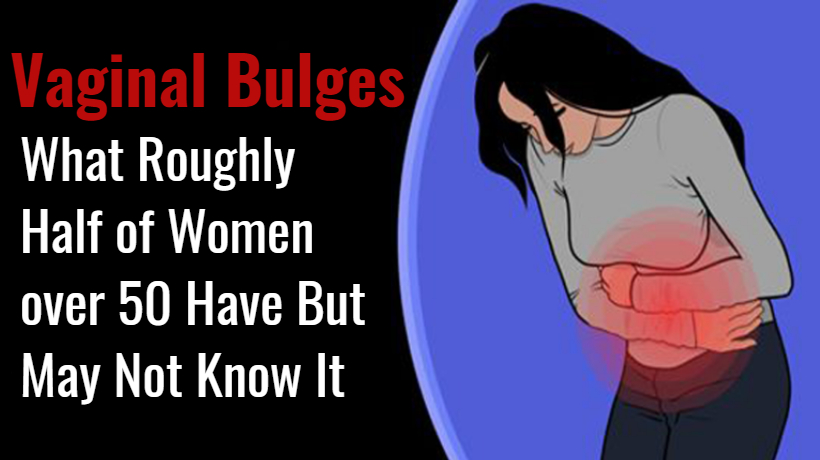It’s a very special time of year–and I’m not just saying that because it’s summer. June is Pelvic Organ Prolapse Awareness Month, which means we’re no longer ignoring the elephant in the room.
Pelvic organ prolapse (POP) affects a third of all women and about half of women that are over the age of 50. With millions of women suffering from the condition each year, it’s important to know all the facts about POP and how it can affect you.
What is pelvic organ prolapse?
Pelvic organ prolapse occurs when the muscles and tissues supporting the pelvic organs (the uterus, bladder, or rectum) become weak or loose. This causes one or more of the pelvic organs to drop or press into or out of the vagina.
There are several causes or risk factors for pelvic organ prolapse. The most common is vaginal childbirth, which can stretch and strain the pelvic floor. Multiple vaginal childbirths or giving birth to a baby that weighs more than eight and a half pounds can increase your risk for POP later in life as well.
POP is also attributed to long-term pressure on the abdomen, including pressure from obesity, chronic coughing, or straining often during bowel movements. Other risk factors for the condition are age, hormonal changes during menopause, and a genetic predisposition to POP.
Signs and symptoms of POP
While some women may not notice their symptoms at all, and others may think that the sensations they’re feeling are normal, there are various ways to tell if what you’re experiencing is pelvic organ prolapse. Symptoms for POP somewhat depend on which organ is drooping. If your bladder prolapses, you may experience urine leakage. If it’s your rectum, constipation and discomfort during intercourse may occur. Prolapse of the small intestine or uterus may also cause backache in addition to uncomfortable intercourse.
These particular symptoms may be unique to the type of prolapse they’re caused by, but POP has several general signs as well. Those signs include a feeling of pressure or fullness in the pelvic area, spotting or bleeding from the vagina, or a feeling that something is falling out of the vagina.
Treatment of POP
Treatment of pelvic organ prolapse is usually dependent upon the severity of the symptoms. Minor symptoms of prolapse can be treated with behavioral treatments, such as Kegel exercises, which are designed to strengthen the pelvic floor muscles. Moderate symptoms can be treated mechanically by inserting a small plastic device into the vagina called a pessary, which provides support for drooping organs. Severe symptoms require the most invasive treatment, with patients needing surgery to repair or remove the affected tissue or organ.
Pelvic organ prolapse is more common than many people think, and it’s important to recognize the signs and symptoms so you can receive proper treatment. To reduce your risk of POP, you should maintain a healthy weight, avoid constipation and smoking, and try to do Kegel exercises daily. If you’re still worried you may be experiencing pelvic organ prolapse, you get in contact with your doctor immediately.
Sources:
https://www.webmd.com/urinary-incontinence-oab/pelvic-organ-prolapse#1
https://www.health.harvard.edu/womens-health/pelvic-organ-prolapse
https://www.urologyhealth.org/careblog/crucial-facts-for-pelvic-organ-prolapse-awareness-month



